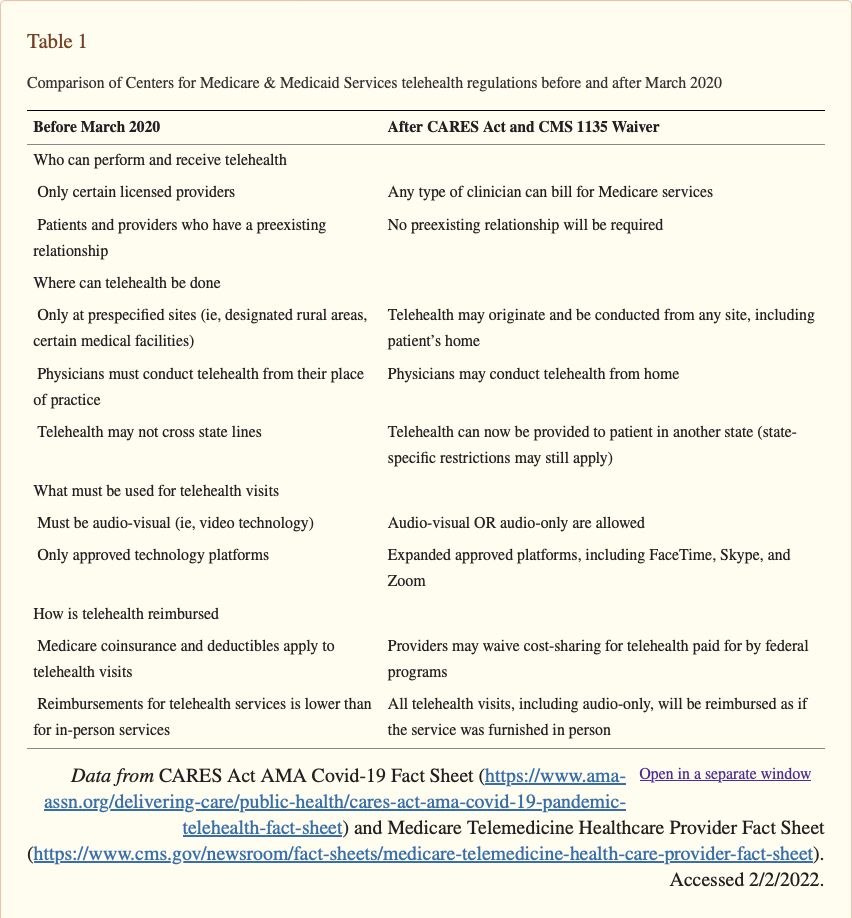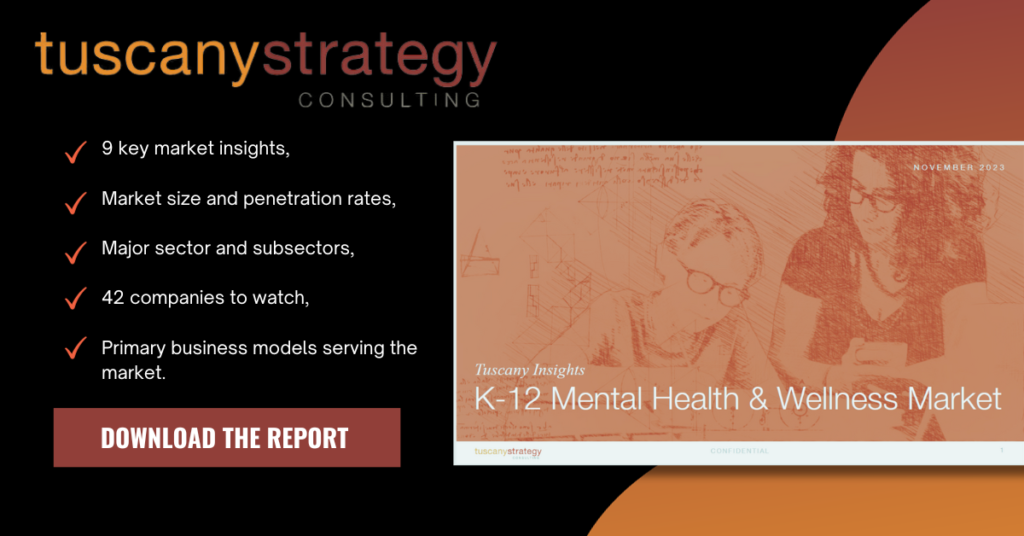Tele-health is exploding.
As a response to Covid, in March 2020, congress significantly reduced Medicare barriers to the use of telemedicine. In turn, this eased interstate practices and privacy regulations. A national study of 36 million working age adults with private insurance claims found that Telemedicine encounters increased 766% between March and June 2019, from 0.3% to 23.6% of all interactions (J Shaver, Primcare Dec 2022). Widespread use of Tele-medicine visits is continuing post Covid.
The increasingly broad utilization of Tele-health has big implications for K-12 Schools. In a time when 1 in 5 US Youth ages 9-17 have a diagnosable mental health disorder, schools need to utilize all the tools at their disposal. Current U.S. mental health staffing in schools is 25-50% of recommended ratios and 61% cite insufficient mental health professional staff coverage as a limiting factor to their ability to address their students’ mental health needs.
With a lack of mental health professionals in schools being a major limiting factor, Tele-Theraphy can be a critical way for schools to bolster their tier 3 and even tier 2 mental health support offerings. Districts, school boards, and State Agencies should take a critical look at the policies and regulations governing the use of Tele-therapy seeking to lower the barriers to effective care for both students and teachers, especially those operating in “care deserts”.
Importantly, policy makers should not only consider tele-therapy as a 1:1 replacement for in person therapy. Tele-therapy has both benefits and drawbacks compared with an in-person experience. Not only can tele-therapy help address critical staffing shortages but it can be integrated into the student experience in ways that in-person sessions cannot.
For example, combining tele-therapy with text based support (human or AI driven) can facilitate serving students outside of school hours and or place a highly-distressed student directly into care in times of high need.
Providers include Brightline, Daybreak Health, eLuma, E-Therapy, LEARN Behavioral, Gaggle, Hazel Health, Parallel , Platinum Teletherapy, and Presence. Many of these providers offer integrated platforms that both broaden and deepen mental health supports. District administrators and state policy makers should take note of the changes applied to Tele-therapy (See attached Table 1) as a policy guide for increasing the utilization of Tele-therapy.



